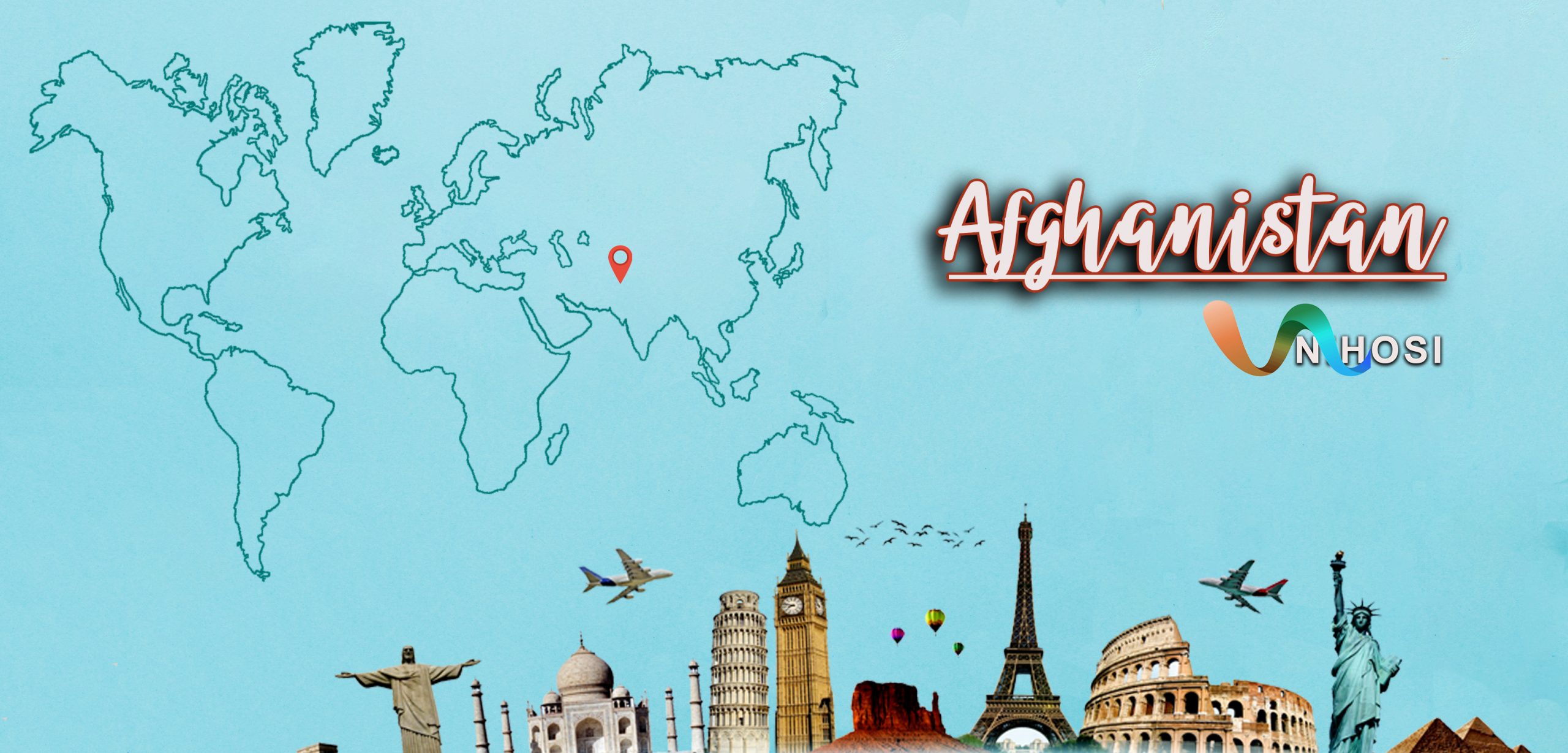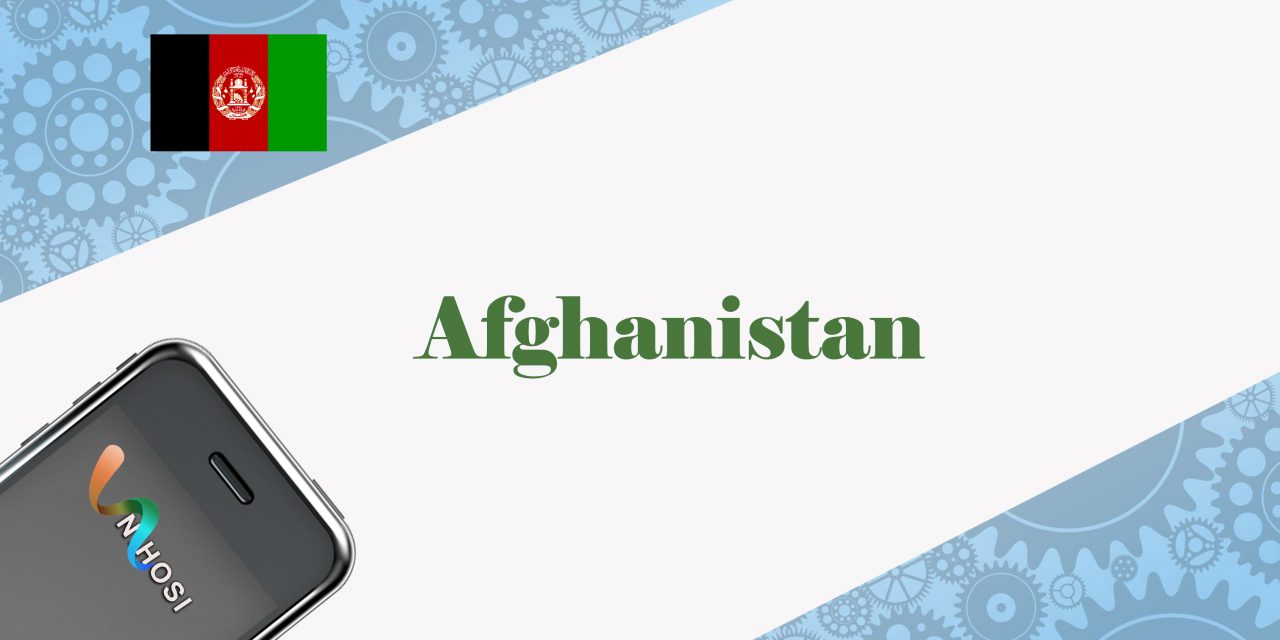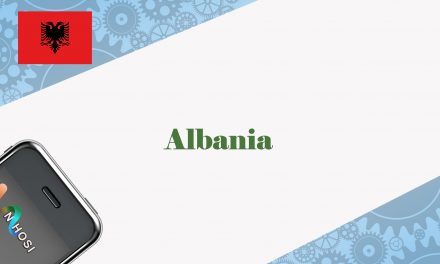
COUNTRY NAME: Islamic Republic of Afghanistan
LOCATION: Afghanistan
CAPITAL: Kabul
LOCATION: Southern Asia, east of Iran, north and west of Pakistan,
COORDINATES: 33 00 N, 65 00 E
AREA: 652,230 sq km
ELEVATION: ,884 m: Mean elevation, 258 m Amu Darya: Lowest point, 7,492 m Noshak: Highest point
NATIONALITY: Afghan
CURRENCY: Afghan Afghani (AFN)
TIME ZONE: UTC+4:30
NEAREST AIRPORT: Hamid Karzai International Airport
LANGUAGE: Pashto, Dari
RELIGION: 97.7% of Muslims (Sunni 84.7%-89.7%), other 0.3%, Shia 10%-15%).
CLIMATE: Rugged mountains mostly; north and southwest plains
SEASONS: Spring, Summer, Autumn, Winter
TRAVEL STYLE: Due to crime, extremism, civil war, abduction and armed conflict, do not travel to Afghanistan.
SERVICE LEVEL: Due to crime, extremism, civil war, abduction and armed conflict, do not travel to Afghanistan.
Where is Afghanistan?
Is the country politically safe and stable?
How to get a visa for Afghanistan?
What is the history of Afghanistan?
What is the weather, Climate and season in Afghanistan?
What is Culture in Afghanistan?
Interesting Facts About Afghanistan
- The shape of Afghanistan has been compared to a leaf that is made up of the Vākhān strip nestled high in the Pamirs.
- Afghanistan is a multicultural and multiethnic landlocked country and Kabul is the largest city, the capital of Afghanistan
- “Buzkashi” is a popular game played in Afghanistan and it is Afghanistan’s national game.
- On 19 August 1919 Afghanistan became independent.
- Afghans celebrate New Year on March 21. They are calling it Nawroz. It is a pre-Islamic festival celebrated by a convergence of thousands of travellers from all over Afghanistan to Mazar-e – Sharif.
- First oil drawings of the planet were produced about 650BC in “Bamiyan” caves.
- One of Afghanistan’s two official languages, Pashto, was proclaimed Afghanistan ‘s national language at the beginning of Zahir Sha ‘s.
- The Indo-European languages Pashto and Persian (Dari) both are official languages of Afghanistan.
- The largest Buddhas in the world (two of these) were first constructed in Afghanistan. The Taliban destroyed these statues in 2001.
- The national holiday of Afghanistan is on August 19.
- Helmand’s Afghanistan ‘s longest river.
- The major Hindu Kush area comprises the central highlands which is a portion of the Himalayan chain.
Whether you know precisely where you prefer to go or need some inspiration, we are here to guide you and provide you information. Check this website Booking.com, Airbnb, Agoda , OYO Hotels and Amazon for booking you Trip of Lifetime or Contact us for more information.
Disclaimer: Alert! This blog post contains promotional links and any transactions made through hyperlinks contribute to a minor commission. You won’t be charged any extra amount. Please remember that we only endorse tools that we use and enjoy exclusively.















Subscribe To Our Newsletter
Join our mailing list to receive the latest news and updates from our team.
You have Successfully Subscribed!